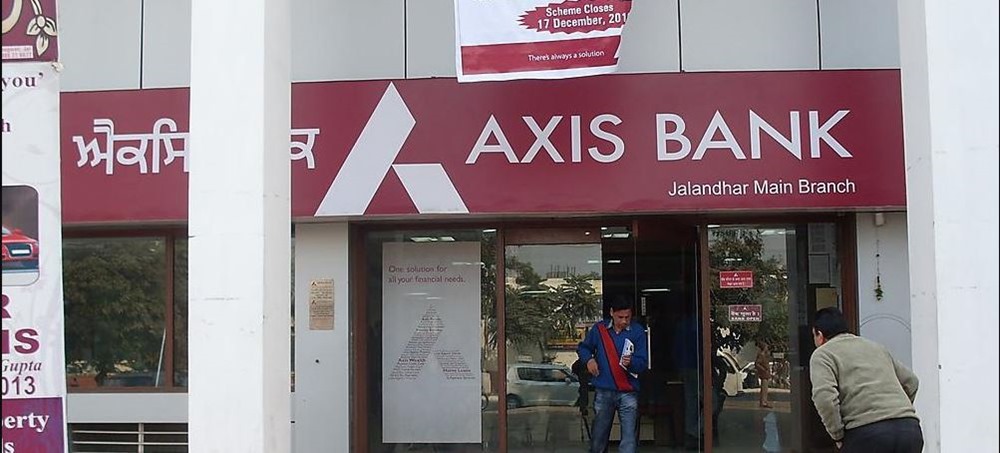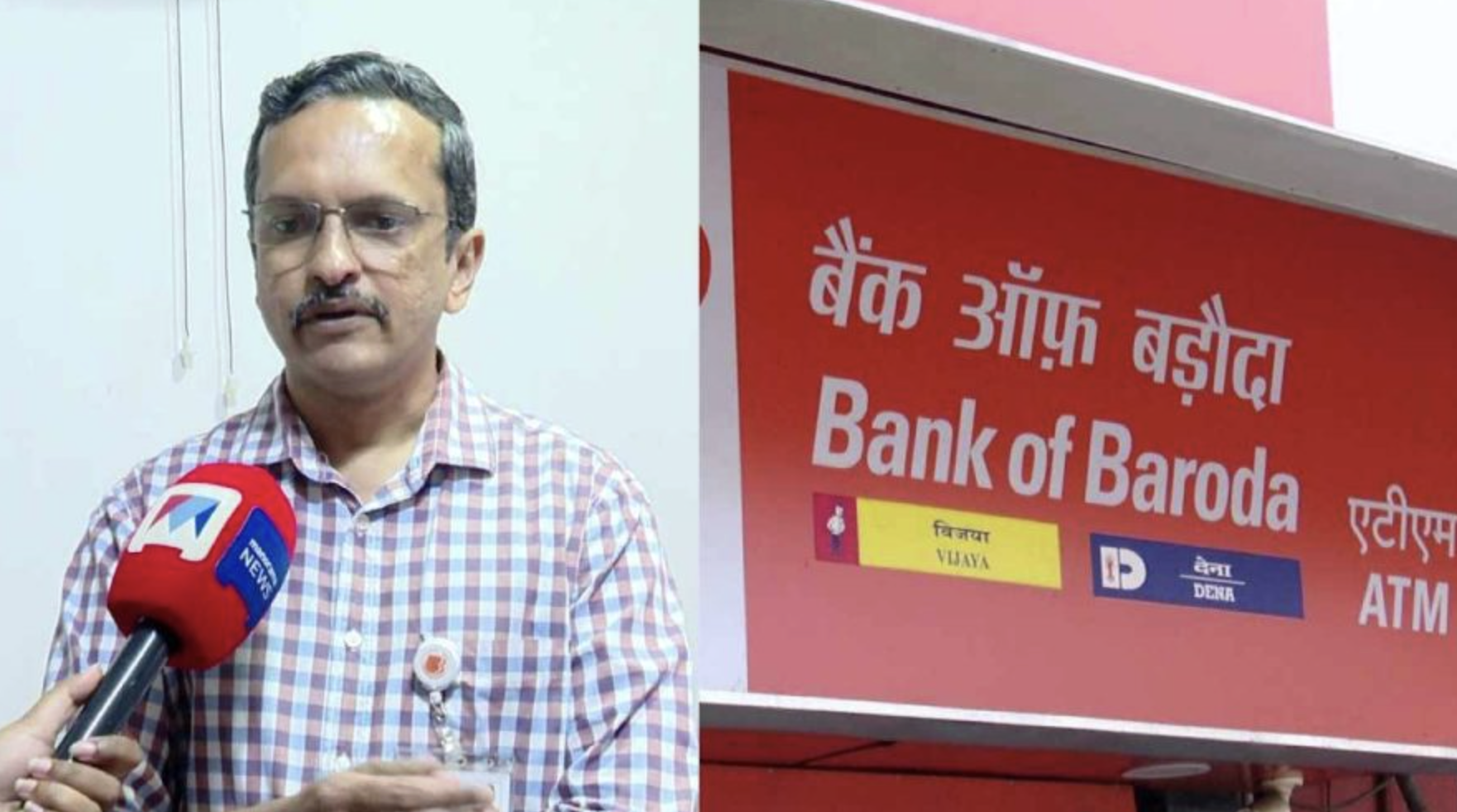As per a recent report from Kotak Institutional Equities, unemployment rates continue to remain high among diploma or degree holders.

Not enough jobs for job seekers
It said some progress has been made in the last five years.
However, there is a notable gap between job opportunities and job seekers which might take time to shorten.
As of June 2023, the unemployment rate among diploma holders stands at 12.1 percent, while it’s 13.4 percent for graduates and 12.1 percent for post-graduates.
Salaried force declines
The annual labour force survey shows that while the unemployment rate decreased significantly from 2018 to 2023, most of the new jobs created were for self-employed individuals.
There has been a decline in the number of salaried workers, indicating that job quality hasn’t improved meaningfully.
Growth in self employment
The surveys revealed a 510-basis point increase in ‘self-employed’ individuals in India driven mainly by a 470 basis point rise in household helpers during the pandemic.
Agriculture, trade, and transport sectors also saw a significant increase in self-employed workers over the past five years.
Women in rural areas notably experienced increased participation and employment.
Inconsistent real wage growth
However, real wage growth has been inconsistent across various segments, which has negatively impacted consumption.
Annual wages for salaried workers increased at a 3.4 percent CAGR, while self-employed individuals saw a 1.8 percent CAGR increase in gross earnings from 2018 to 2023.
Looking ahead
According to Kotak, real income growth has been erratic for both salaried and self-employed segments but has recently turned positive after a long period of divergence.
Regardless, the salaried sector is looking at challenges in the coming quarters mainly due to cost reductions in the IT industry, which could impact this trend.













